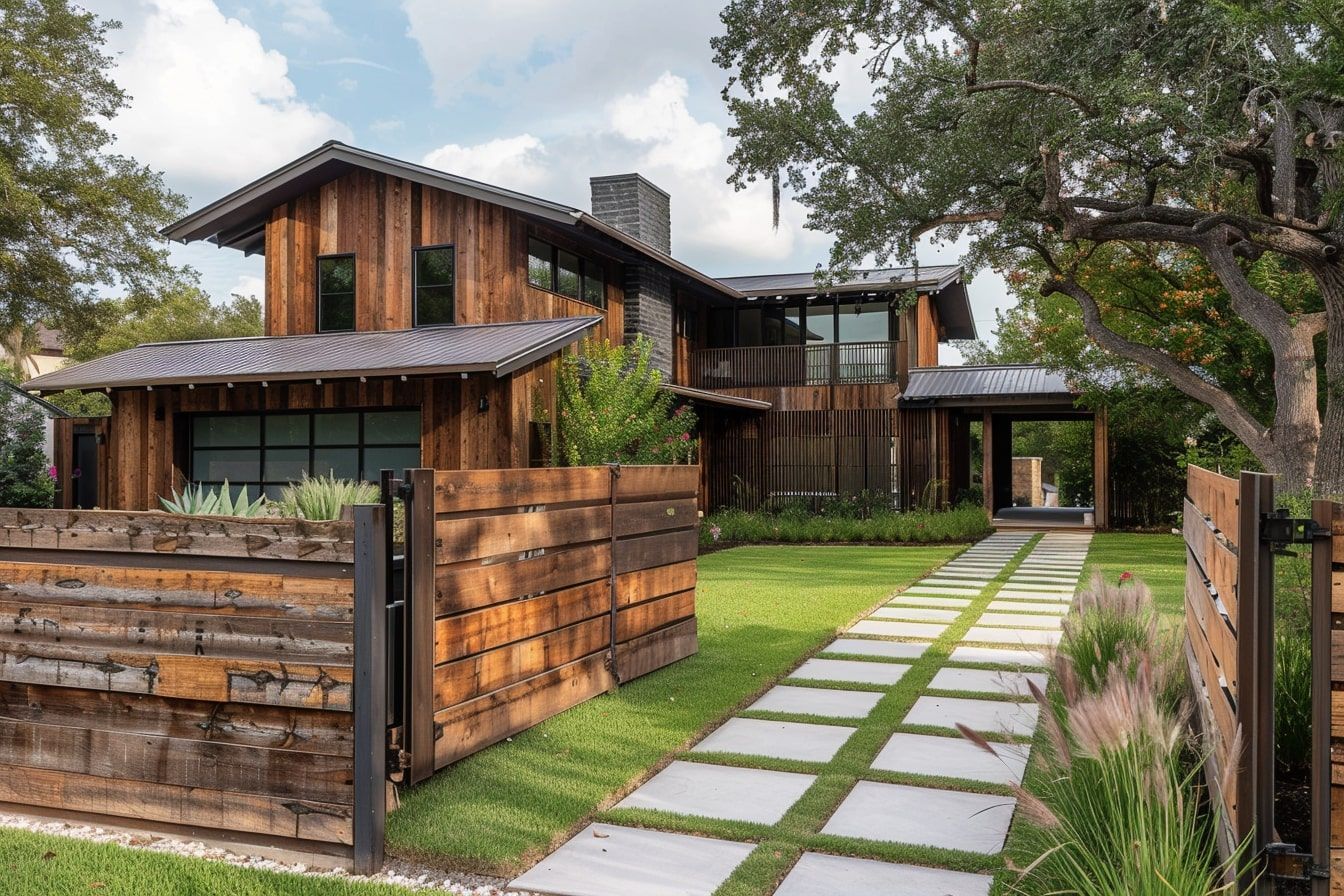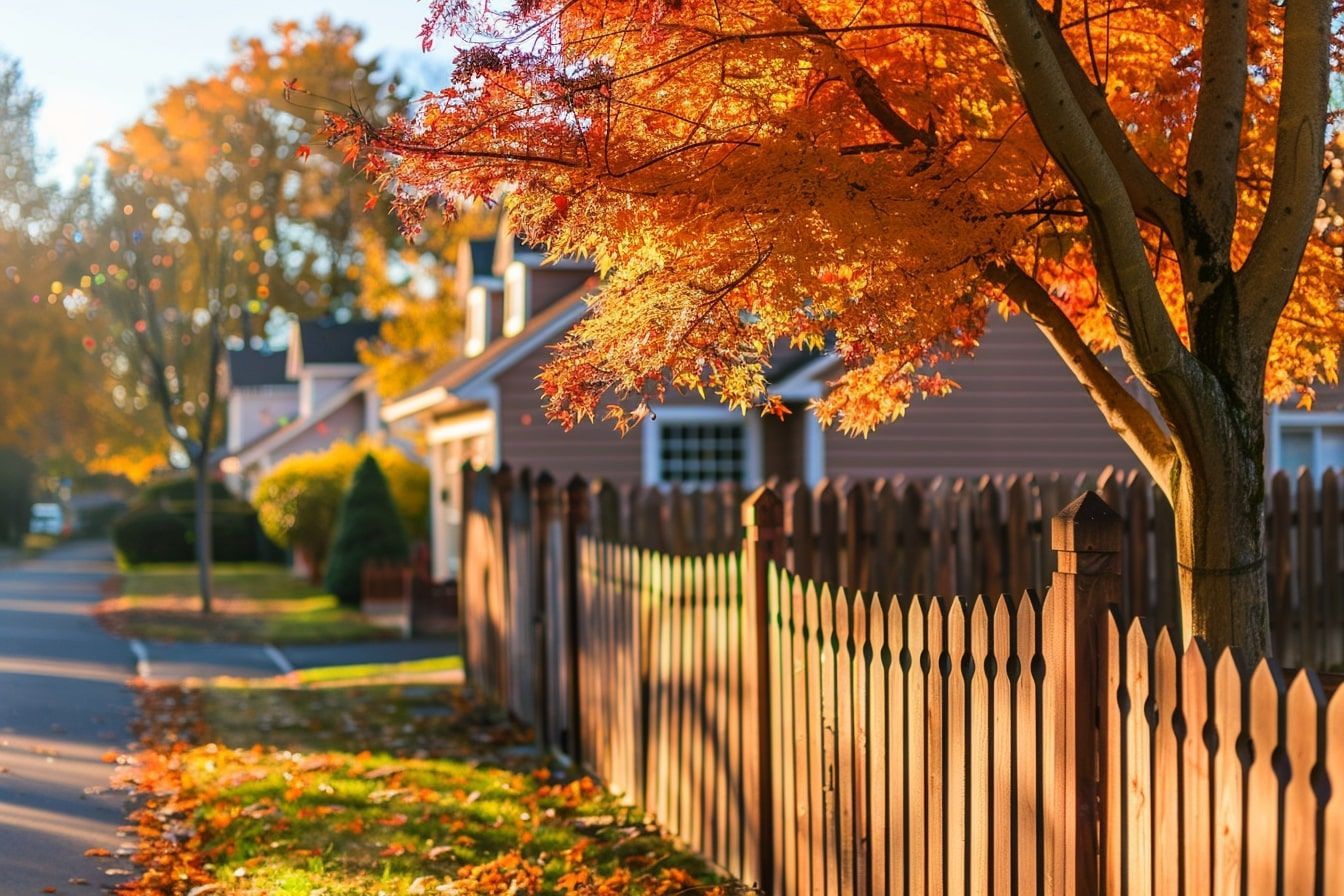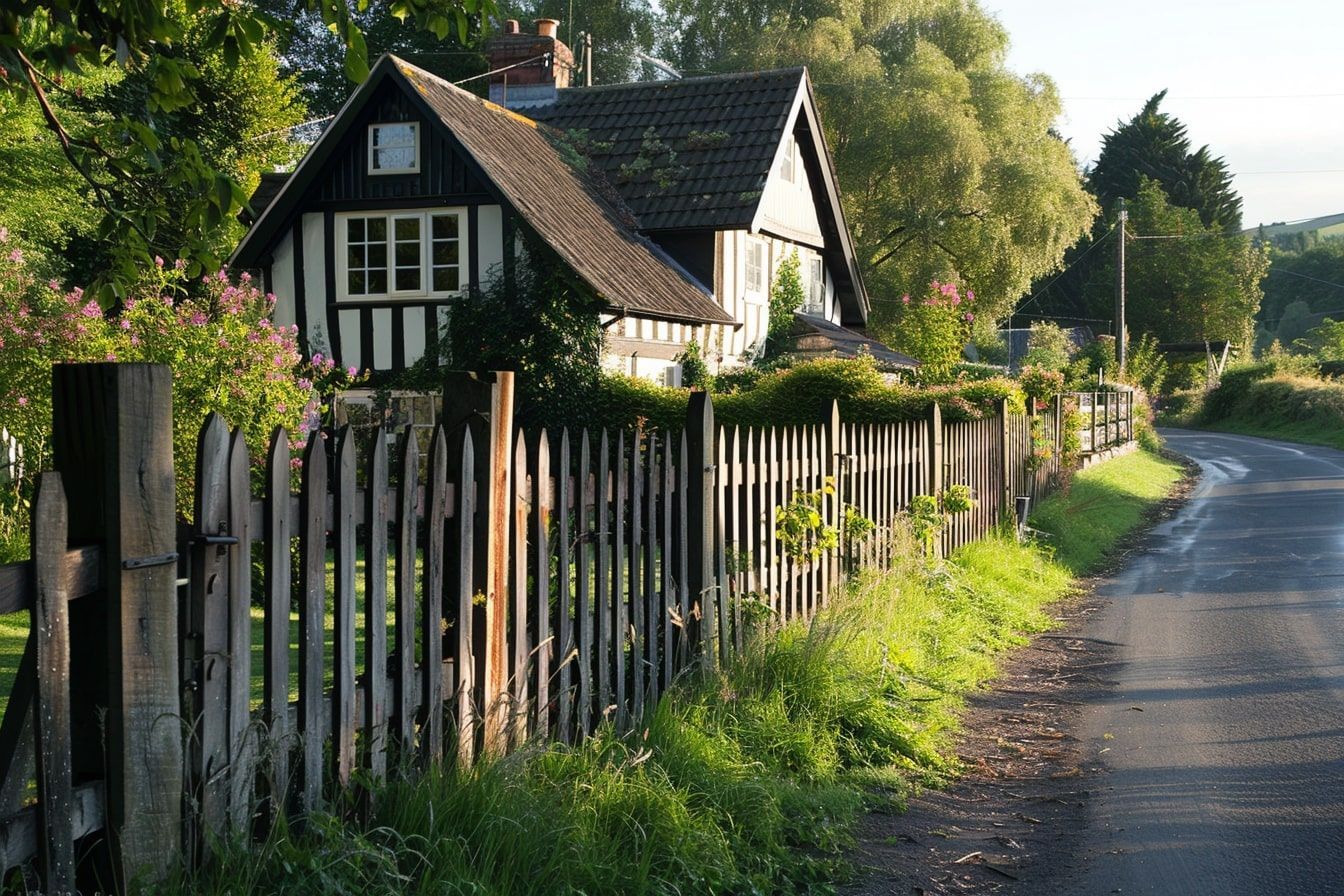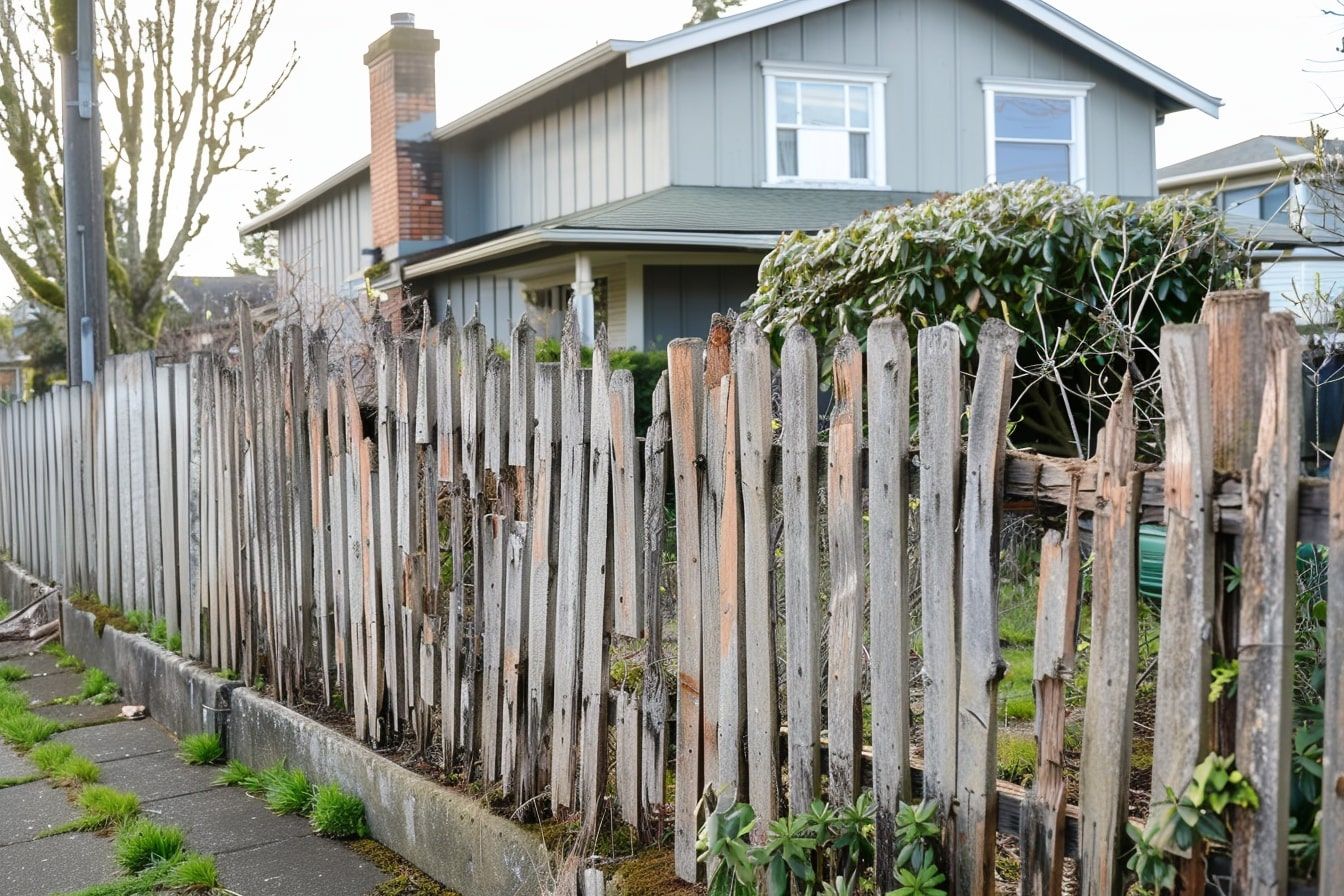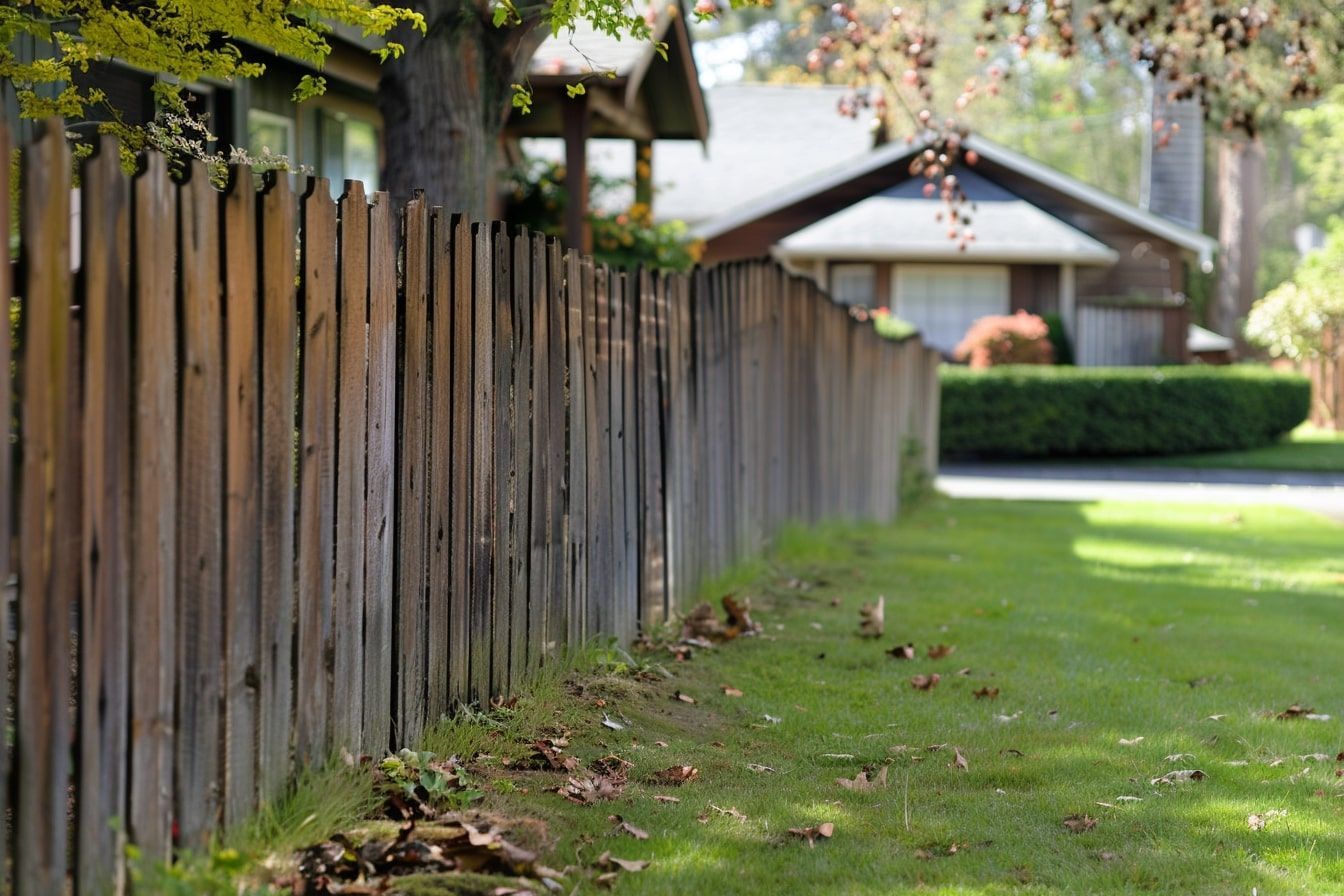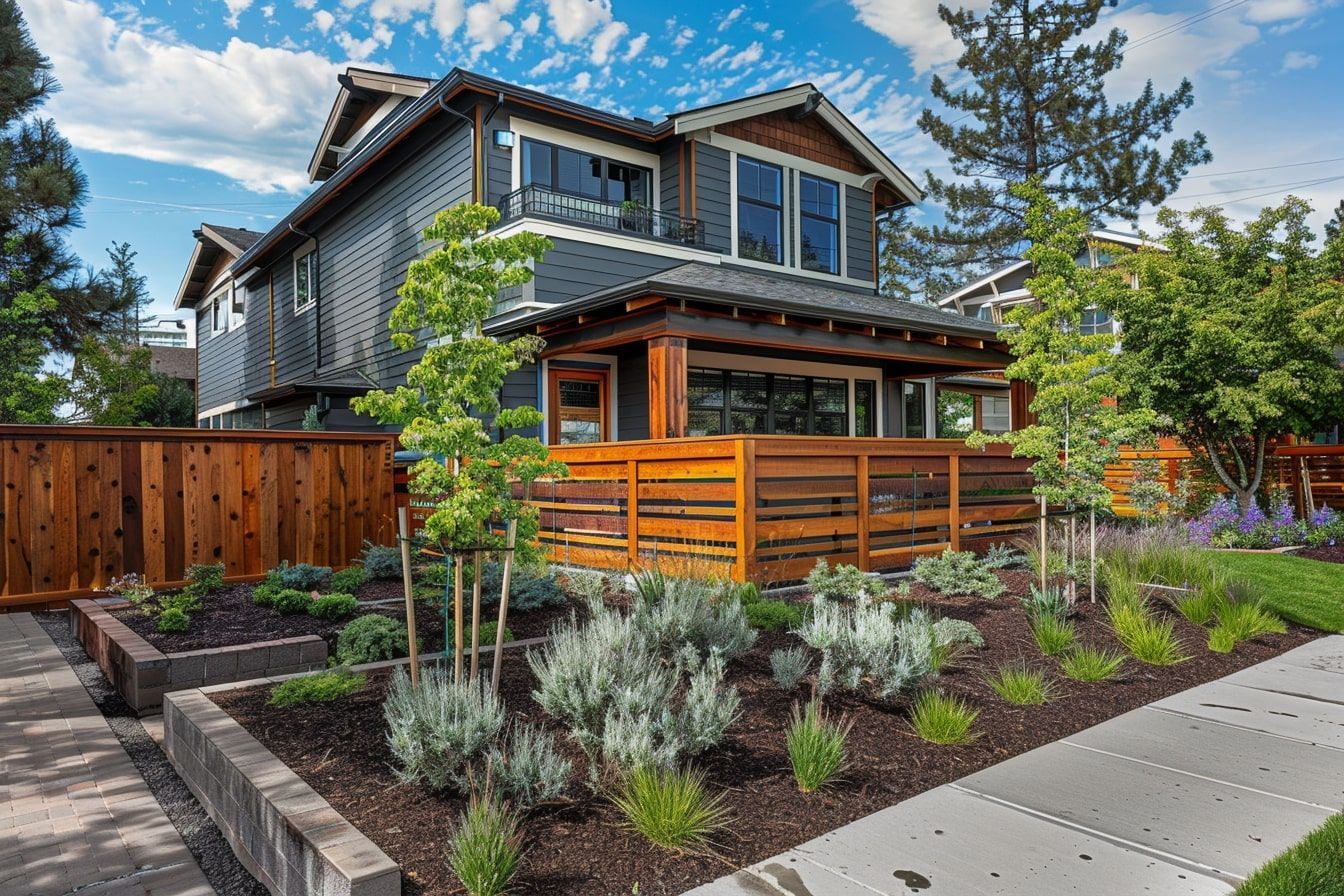Avoiding Warping and Rot: Key Tips for Wood Fence Longevity
Is Your Wood Fence Prone to Warping and Rot?
Wood fences add a timeless appeal to any property, but without proper care, they can suffer from warping and rot. Are you worried about the longevity of your wood fence? This article provides essential tips to prevent these issues, ensuring your fence remains beautiful and durable for years to come.
1. Choosing the Right Wood
Why Wood Selection Matters
Selecting the appropriate type of wood is crucial for preventing warping and rot. Different woods have varying levels of resistance to moisture and pests.
Best Wood Types for Fences
- Cedar: Naturally resistant to rot and insects.
- Redwood: Durable and less prone to warping.
- Pressure-Treated Pine: Treated to resist moisture and decay.
2. Proper Installation Techniques
Importance of Correct Installation
How you install your wood fence significantly impacts its durability. Improper techniques can lead to warping and rot.
Steps for Correct Installation
- Set Posts Deep: Ensure posts are buried at least one-third of their length.
- Use Gravel: Add a gravel layer at the bottom of the post holes for drainage.
- Secure Fasteners: Use galvanized or stainless steel nails and screws to prevent rust.
3. Applying Protective Treatments
Protecting Your Wood Fence
Treating your wood fence with the right products helps prevent warping and rot.
Types of Treatments
- Sealants: Apply sealants to protect against moisture.
- Stains: Use stains to add color and additional protection.
- Paint: A coat of paint can also provide a moisture barrier.
4. Ensuring Proper Drainage
Impact of Water Accumulation
Water buildup around your fence can lead to rot and structural damage.
Drainage Solutions
- Sloped Ground: Install your fence on sloped ground to direct water away.
- French Drains: Consider installing French drains to manage water flow.
- Gravel Beds: Place gravel around posts to improve drainage.
5. Regular Maintenance
Importance of Maintenance
Regular maintenance extends the life of your wood fence and prevents warping and rot.
Maintenance Checklist
- Inspect Annually: Check for signs of damage or wear at least once a year.
- Clean Regularly: Remove dirt, mildew, and debris from the fence surface.
- Reapply Treatments: Reapply sealants, stains, or paint every few years.
6. Managing Vegetation
Vegetation and Fence Health
Plants and trees growing close to your fence can trap moisture and promote rot.
Tips for Vegetation Management
- Trim Overhanging Branches: Keep tree branches from touching your fence.
- Remove Climbing Plants: Prevent vines and other plants from climbing your fence.
- Clear Debris: Regularly clear leaves and other debris from the base of your fence.
7. Addressing Fence Damage Promptly
Quick Repairs for Longevity
Ignoring minor damage can lead to more significant problems over time.
Repair Tips
- Fix Loose Boards: Secure any loose boards or posts immediately.
- Replace Damaged Sections: Replace sections of the fence showing signs of rot.
- Sand and Refinish: Sand down rough or splintered areas and apply a fresh finish.
Conclusion
Preventing wood fence warping and rot requires a combination of proper wood selection, installation techniques, protective treatments, and regular maintenance. By following these tips, you can ensure your wood fence remains a beautiful and functional part of your property for years to come. For professional assistance or to request a free quote, visit our website at RS Fence Installations. If you’re in Macomb or Oakland Counties, don’t hesitate to reach out to us for expert fence installation services.
External Resources
- For more detailed instructions on installing a wood fence, visit Lowe’s Installation Guide.
- To explore various wood fence design ideas, check out HGTV’s Wood Fence Design Gallery.
- Learn about the environmental benefits of wood fences at The American Forest Foundation.
The post Avoiding Warping and Rot: Key Tips for Wood Fence Longevity appeared first on RS Fence Installations.
